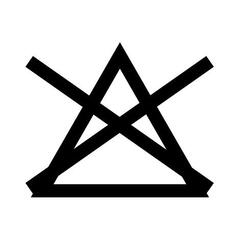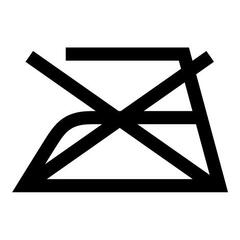Our WILDER saga
Our Wilder range has 3 skis with different widths: 85 / 95 / 102 to offer a skate width for every type of cross-country skier.
The Wilder 85, which remains the most versatile width for all types of terrain, is the ideal ski for beginning cross-country skiing off the beaten track.
The Wilder 95, with its straighter lines for maximum grip on overhangs and steep slopes.
The Wilder 102, for freeriders looking for valleys.
Ski features
Ski weight 162 cm: 1,170 g (ski only) / 1,495 g (pack)
Ski weight (170 cm): 1235 g (ski only) / 1560 g (pack)
Ski weight (178 cm):1295g ski only/pack 1620g
Binding weight: 325g
Dimension line:
178cm => 124/95/110cm Radius=> 22m
Profile: Rocker/Camber/Rocker
BINDINGS
Cross-country ski bindings with insert - Tyrolia Almonte 10.
Weight:325 g (with ski brakes)
60 mm adjustment range.
DIN adjustment on the rear stop: from 4 to 10.
If you want to, you can remove the ski stop. To do this, remove the rear hold-down from the binding, take out the ski stop and place a plastic piece in its place to give you a good grip on the binding. (Choose among three levels of thickness, the one that best fits the thickness of your boot)
Ascent / Descent (continued)
Ascent:
To lock the ski brake, turn towards the right and a quarter turn of the rear stop, then press with the boot on the plastic part.
The heel lifts are easy to use without taking off your boots and with the pole, in three positions, one flat and two positions for lifting. The stiffer the slope, the higher the cleats.
Descent: Return to the initial position of the rear stop, by making a reverse quarter turn.
Binding adjustment
Tyrolia Almonte bindings are compatible with ski boots with inserts
ski length = 162cm/Binding adjustment for boots from 252 to 310mm
ski length = 170cm/Binding adjustment for boots from 262 to 320mm
ski length = 178cm/Binding adjustment for boots from 282 to 340mm
A Phillips screwdriver is required for adjustment. We recommend opting for adjustments made in the shop to ensure the correct distance between the back of your boot and the binding
Ski skins
The skins are precut to fit the sidecuts of the skis. They are made of 70% mohair and 30% synthetic materials – the ideal compromise in terms of gliding performance (when climbing in order to save energy) and grip (when climbing to avoid backsliding).The skins are fitted with a metal clip on the front to fit most ski tips and an adjustable camlock on the back to fasten the skin to the tail of the ski. It is important to dry your skins thoroughly in the open air
Structure
The Wilder 95 features an innovative construction combining paulownia and carbon fibre. This combination offers skiers several advantages. Paulownia is a light and resistant wood that gives the ski exceptional lightness and makes it easier to climb mountains. Meanwhile, the carbon fibre provides greater stability and responsiveness for optimum performance on descents. Skiers benefit from a ski that's light, easy and safe.
Durability
Semi-cap construction to avoid chipping your skis when they cross.
Predominantly black soles for excellent glide and easy repairs.
Preparation
Ready-to-use waxed and sharpened skis. Edges sharpened to 89°
What is the rocker?
When placing a ski on the ground, its points of contact are found near the nose and tail, whereas the middle of the ski (under the bindings) is slightly raised (this is the camber). The longer and higher the camber, the greater the edge grip and more responsive the ski. The lower the camber, the more forgiving the ski and the better the handling.
WHAT IS A ROCKER?
On a "rocker" ski, the nose, and sometimes the tail, comes off the ground much sooner than with a cambered ski. This moves the points of contact towards the centre of the ski. The surface of the ski in contact with the snow is shortened: they have better handling and more buoyancy on soft snow. When leaning into turns, the edge length offers more grip on hard snow. The longer the rocker, the better the handling of the ski.
What are ski sidecuts?
The sidecut is determined by 3 measurements: the width of the tip (front of the ski), the waist (middle of ski) and tail (back of ski). The wider the tip, the easier the turn entry. The narrower the waist, the stronger the grip in hard snow. The wider the waist, the more comfortable and stable in different snow conditions.
How do I choose my ski size?
The shorter the skis, the more manoeuvrable they are.
That's why less adventurous skiers should choose shorter skis.
For ski touring, we generally recommend you choose skis:
between 5 cm and 10 cm less than your height. The heavier or more powerful you are, the longer your ski can be.
Binding / Crampon compatibility
The Tyrolia Almonte binding is compatible with crampons from the brands: Tyrolia / Wedze / Dynafit




